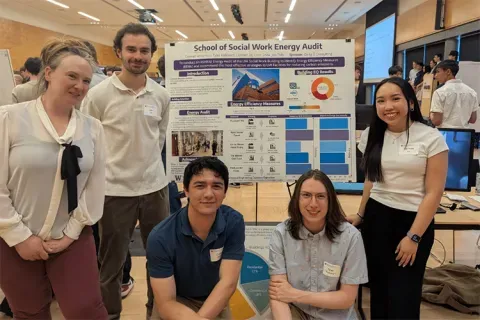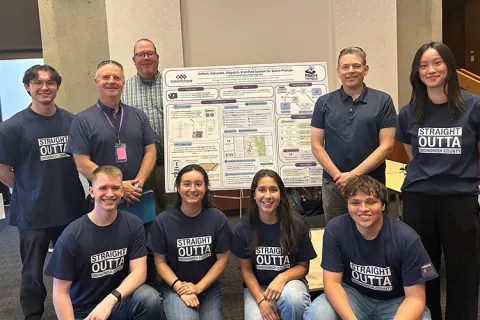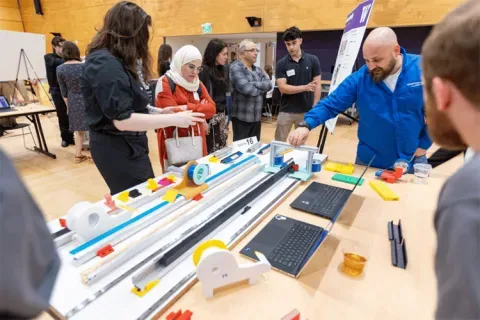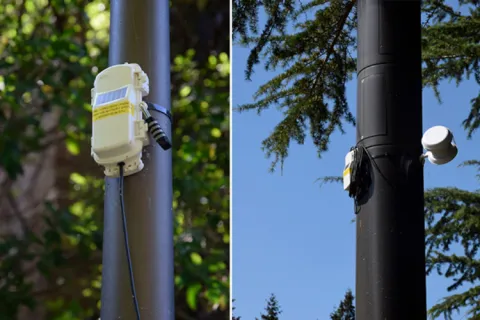PACCAR
E-Truck Thermal Systems
The E-Truck project is a 4-year program to convert a diesel medium-duty truck to a battery electric vehicle. This capstone team will support this effort by focusing on the thermal management systems of the vehicle. This involves engaging with both simulation and the physical hardware components needed to manage the vehicle's thermal systems for heating and cooling. The student team will leverage the established cooling, heating, and design requirements from previous efforts and collaborate with other capstone teams, as partners, along with the E-Truck Registered Student Organization (RSO), as the customer, to define the interfaces. Thermal management hardware will be integrated to the chassis to optimize space, routing, and weight. The team will create vehicle control software to manage the different thermal systems and implement safety features to safeguard critical components. This will require communication with thermal system sensors, actuators, pumps, and other vehicle systems utilizing J1939 CAN Protocol. The team will evaluate the thermal management performance with simulation and as an integrated system to ensure the project's objectives are met. Design parameters include: 1) All research and design work will build on prior studies and structural analysis to avoid re-work. 2) The resulting thermal sub-system must perform under all operational conditions (P&D drive cycle, during battery charging, defined environmental, etc.) and contain critical safety functions as specified by the RSO. 3) Software developed must undergo Hardware-in-Loop verification and a Vehicle Pass-off test on a closed course (or at the PACCAR Technical Center) to ensure compliance with road-worthy product rules. The student team will work toward the following outcomes: 1) Complete the drawings, CAD models, and structural analysis of the thermal management hardware installed on the vehicle, including components such as the radiator, HVAC system, cooling lines, and fans. 2) Define system requirements and architecture, both elements and interfaces internal to the thermal systems and the system boundary. 3) Develop control logic for the thermal systems that integrates all sensors, pumps, and actuators to ensure that heating and cooling meet all specified RSO requirements. 4) Create a thermal systems control logic that ensures safety features are functional on critical components. 5) Evaluate the thermal system software functionality (control and safety) and CAN interfaces via Hardware-in-Loop. 6) Create simulations (and possible bench prototypes) to analyze the thermal system performance under worst-case operating conditions for the respective thermal systems.
Faculty Adviser(s)
Eli Patten, Mechanical Engineering
Related News

Mon, 10/13/2025 | UW Mechanical Engineering
Capstone collaboration leads to award
An ME capstone team received first place for its energy audit of the UW School of Social Work building.

Thu, 07/17/2025
UW engineering students develop smart ballot solution
UW engineering students develop smart technology solution to improve ballot collection for Snohomish County.

Mon, 07/07/2025 | UW Mechanical Engineering
Capstone creations
Students displayed innovative capstone design projects at the 2025 expo.

Fri, 09/20/2024 | UW Civil & Environmental Engineering
Smarter irrigation for a greener UW
A new project combines satellite data with ground sensors to conserve water and create a more sustainable campus environment.